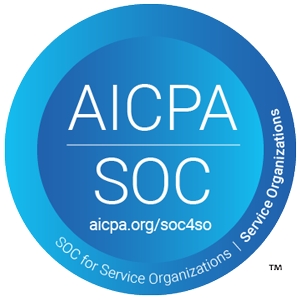The healthcare field is a known hotbed of innovation and discovery, particularly as practitioners seek to overcome hurdles and challenges the industry faces. Forward-thinking healthcare companies today are striving to find solutions to patient needs that transcend medication, requiring great changes to the incumbent organizational structures. Such large amounts of innovation require an appropriate means of management.
In a recent interview with Eye for Pharma, Samuel Pygall, Patient Services Manager at Merck, Sharpe and Dohme (Merck & Co.) discussses the many facets of organizations that first need addressing in order to drive innovation program initiatives.
Using Interdisciplinary Expertise to Innovate Across Departments
Early in my career, I learned that I love to build products, and that’s what I’ve spent the past 10 years doing. Most recently, I headed up the product team at the digital health SaaS company, Zipongo, where we built a personalized healthy eating platform for users, across web and mobile. Previously, as a design strategist at the innovation consultancy, Continuum, I applied design thinking principles to uncover user insights and drive product strategy for clients across industries – including pharma, consumer products, automotive, and hospitality. One of my most rewarding projects was for a home appliance company where we developed a product strategy that redefined air quality for users.
What does innovation mean to you?
The organization of the future foresees “jack-of-all-trades” teams with expertise across many disciplines. Pygall asserts that by breaking out of the traditional structure, these independents will transcend organizational silos by working with points of contact within various departments, sharing and employing their interdepartmental expertise. By holding meetings with stakeholders of the various departments, an organization can increase transparency and progress with moving ideas forward, with the end goal being to benefit the patient.
Pygall has seen through Merck’s telehealth initiative, that by getting participants involved in the earliest stages of a project, they enabled efficient progression in the new patient support system. Its stakeholders provided input into the design and development of the new system, which gave them a vested interest in success of the project.
Incentivizing Participation
To achieve big picture success, employees must understand the impact of the innovations on customer value and how integral each of them is to project. This means that the messages must hit home for each participant, by being properly tailored to each department, and avoiding genericized messages designed to inspire all. Each department must understand how important its involvement is and how it will benefit from the success of the program. Allowing employees to devote a percentage of their time to projects of personal interest is also a particularly effective means of inspiring eager participation.
By using these interdisciplinary experts to bridge the gap between departments and incentivizing effective participation in innovation programs, Merck and other healthcare providers can move forward into the medical system of the future.

